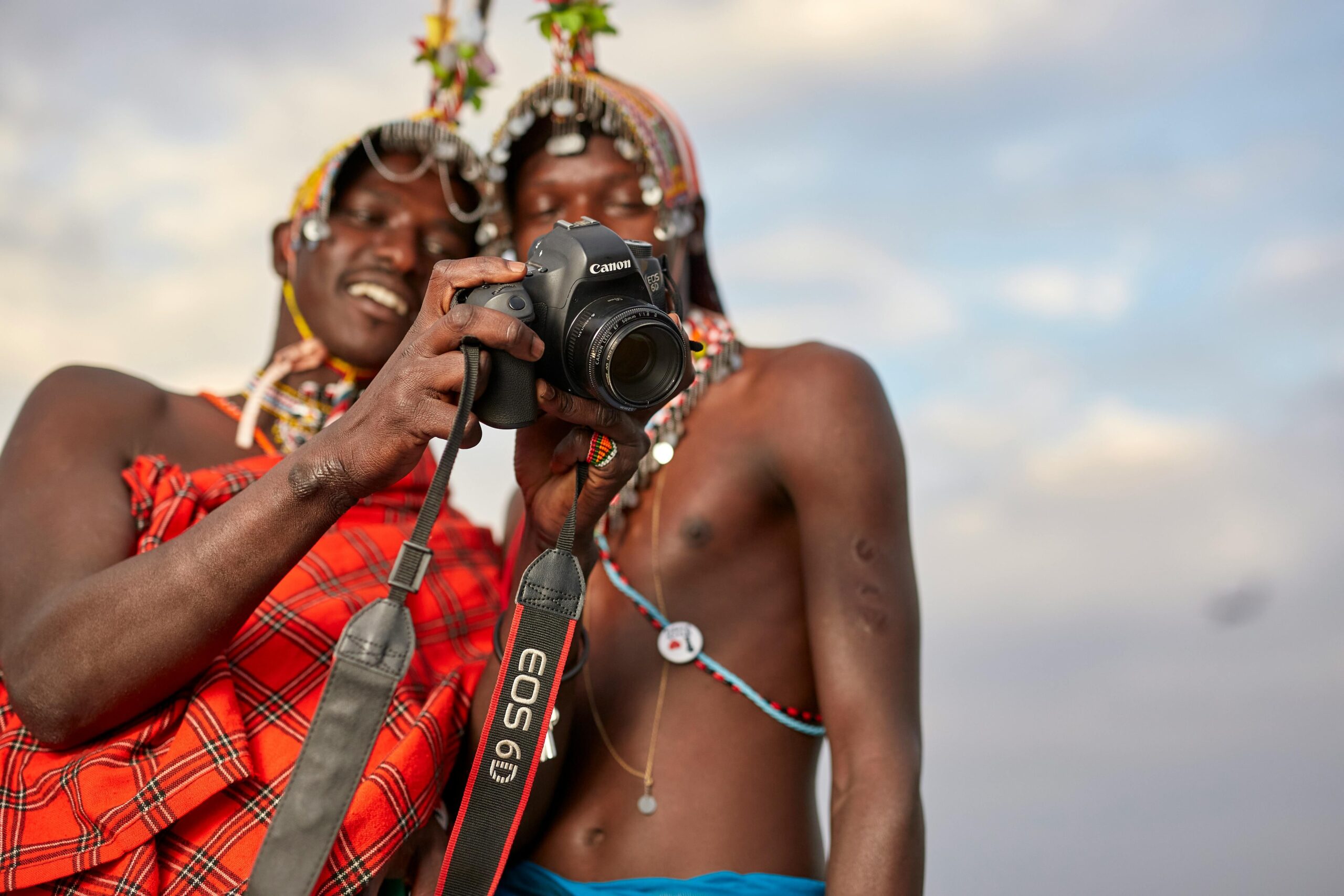
Cultural Tours Around Mount Kilimanjaro
In addition to trekking Mount Kilimanjaro, cultural tours in the surrounding areas offer an enriching experience to explore the traditions, lifestyles, and history of the…
Cart is Empty
If you’re planning to climb Kilimanjaro and go on a safari tour, safety should be a top priority. Both adventures come with unique challenges, from high-altitude trekking to wildlife encounters. Here are expert safety tips to ensure a smooth and enjoyable experience:
Since Kilimanjaro is a high-altitude, non-technical climb, the biggest risks involve altitude sickness, fatigue, and cold weather.
✔ Take It Slow (“Pole Pole”) – Walk at a steady, slow pace to help your body adjust.
✔ Choose a Longer Route – Opt for at least 7-9 days to improve acclimatization.
✔ Stay Hydrated – Drink 3-4 liters of water daily to help with altitude adaptation.
✔ Listen to Your Body – Headaches, nausea, and dizziness are signs of altitude sickness. If symptoms worsen, descend immediately.
✔ Consider Medication – Talk to your doctor about Diamox (Acetazolamide) to help with acclimatization.
✔ Dress in Layers – Use a layering system (base layer, insulation, and waterproof outer layer).
✔ Protect Your Extremities – Wear high-quality gloves, warm socks, and a balaclava to prevent frostbite at high altitudes.
✔ Prepare for Freezing Temperatures – Summit temperatures can drop to -20°C (-4°F), so bring quality winter gear.
✔ Use Experienced, Licensed Guides – Choose a reputable Kilimanjaro operator for safety and proper support.
✔ Watch for Signs of Hypothermia & Dehydration – Feeling weak or confused? Tell your guide immediately.
✔ Know Your Limits – If you’re feeling extremely unwell, it’s OK to turn back. The mountain will always be there!
African safaris are incredible, but wildlife encounters and remote locations require precaution and respect for nature.
✔ Stay Inside the Vehicle – Never get out of the safari jeep unless your guide says it’s safe.
✔ Do Not Feed or Approach Animals – Even if they seem calm, wild animals can be unpredictable.
✔ Stay Quiet & Avoid Sudden Movements – Loud noises can startle animals, leading to dangerous situations.
✔ Beware of Monkeys & Baboons – They can snatch food or belongings, so secure your bags.
✔ Follow Camp Rules – In unfenced lodges, ask staff for an escort at night to avoid wildlife encounters.
✔ Use Flashlights at Night – Many camps are in the wild, and animals roam freely after dark.
✔ Store Food Properly – Avoid attracting animals by keeping food sealed and inside your tent or lodge.
✔ Drink Bottled or Filtered Water – Avoid tap water to prevent stomach issues.
✔ Use Insect Repellent – Protect against mosquito-borne diseases like malaria.
✔ Pack Basic Medications – Bring anti-diarrheal, motion sickness pills, and pain relievers for unexpected issues.
✔ Have Emergency Evacuation Insurance – Helicopter evacuation is available for both Kilimanjaro and safaris. Check your insurance covers this.
✔ Carry a First Aid Kit – Include bandages, antiseptic wipes, pain relievers, blister treatment, and altitude meds.
✔ Share Your Itinerary – Let someone know your travel plans and check-in times.
✔ Stay with Your Group – Never wander alone, whether on a trek or safari.
By following these expert safety tips, you’ll have an unforgettable, safe adventure on both Kilimanjaro and your safari!

In addition to trekking Mount Kilimanjaro, cultural tours in the surrounding areas offer an enriching experience to explore the traditions, lifestyles, and history of the…
WhatsApp us